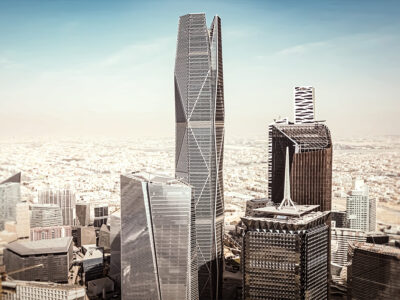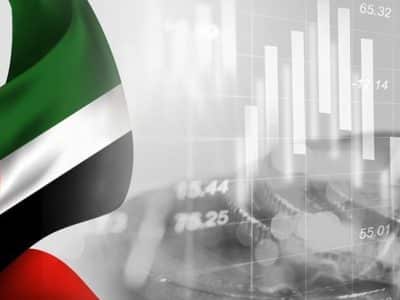Qatar’s economic growth accelerated to 6.5 percent in 2013 as a pick-up in construction and inflows of foreign workers ahead of the 2022 soccer World Cup offset easing oil production, data showed on Wednesday.
Analysts polled by Reuters in January had expected growth to slow to 5.7 percent in 2013 and 5.5 percent this year from 6.2 percent in 2012.
An expansion of Qatar’s gas facilities helped fuel breakneck growth averaging 17 percent a year between 2006 and 2011, but the economy slowed in 2012 as the gas expansion ended and works on a raft of mega projects were slow to start.
Qatar is the world’s top liquefied natural gas exporter.
Overall economic growth slowed in the final quarter of 2013 due to a sharp fall in the hydrocarbon sector, which accounts for more than half the $202 billion economy, but other sectors continued to expand rapidly.
“It’s a very encouraging data set. The headline number may have weakened a little as hydrocarbon activity eased, but non-oil performance remained very strong and that’s what is driving the economy forward,” said Simon Williams, chief economist for the Middle East and North Africa at HSBC.
Non-oil gross domestic product jumped 10.4 percent between October and December, slightly slower than a revised 10.9 percent increase in the previous quarter, preliminary data from the Qatar Statistics Authority showed.
“The high growth in the fourth quarter of 2013 is the result of a double-digit rise seen mainly in construction, trading, hospitality and financial sectors coupled with (an) over 12 percent jump in the country’s population,” the authority said.
Overall GDP growth slowed to 5.6 percent year-on-year in October-December from an upwardly revised 6.9 percent in the previous quarter. It decelerated on a quarterly basis to 0.6 percent in the final quarter from 3.4 percent in July-September.
Output from the oil and gas sector fell 1.1 percent year-on-year in the fourth quarter nearly reversing a 1.4 percent rise in the previous three months. That helped put the overall annual rate in the final quarter of 2013 at the lowest level since the third quarter of 2012, the data showed.
“The fall in production of crude oil besides closing down of few LNG trains for maintenance (in) the third quarter 2013 is the primary cause of this decline,” the authority said.
Non-oil growth in Qatar is likely to stay strong this year, with pressure on the government to step up works on an estimated $140-$200 billion worth of pre-World Cup tournament projects that include a new airport, roads, railways and stadiums. That could push up costs and create bottlenecks.
“This is still the easy part of the cycle, but as these high rates of growth continue over 2014 and into next year, I expect to see inflation start to rise significantly. Asset prices are also likely to pick up further,” Williams said.
The International Monetary Fund warned in March that large public investments in Qatar entail a possibility of overheating in the near term and overcapacity in the medium.
Last month, sources familiar with government policy told Reuters that Qatar was likely to reschedule about 15 percent of its planned building projects for coming years.
Inflation in the Gulf Arab state of 2.1 million has been holding below 3 percent since July 2013 but economists expect it to climb to 3.9 percent in 2014 and 4.2 percent in 2015.





